Concrete to be poured for Bloomington convention center footings, city council OKs food and beverage tax resolution
Since the demolition of the old NAPA Auto Parts building at the corner of 3rd and Walnut Streets in the third week of July, the block just south of 3rd Street, between College Avenue and Walnut, has been clanging with construction work on the Bloomington Convention Center expansion.
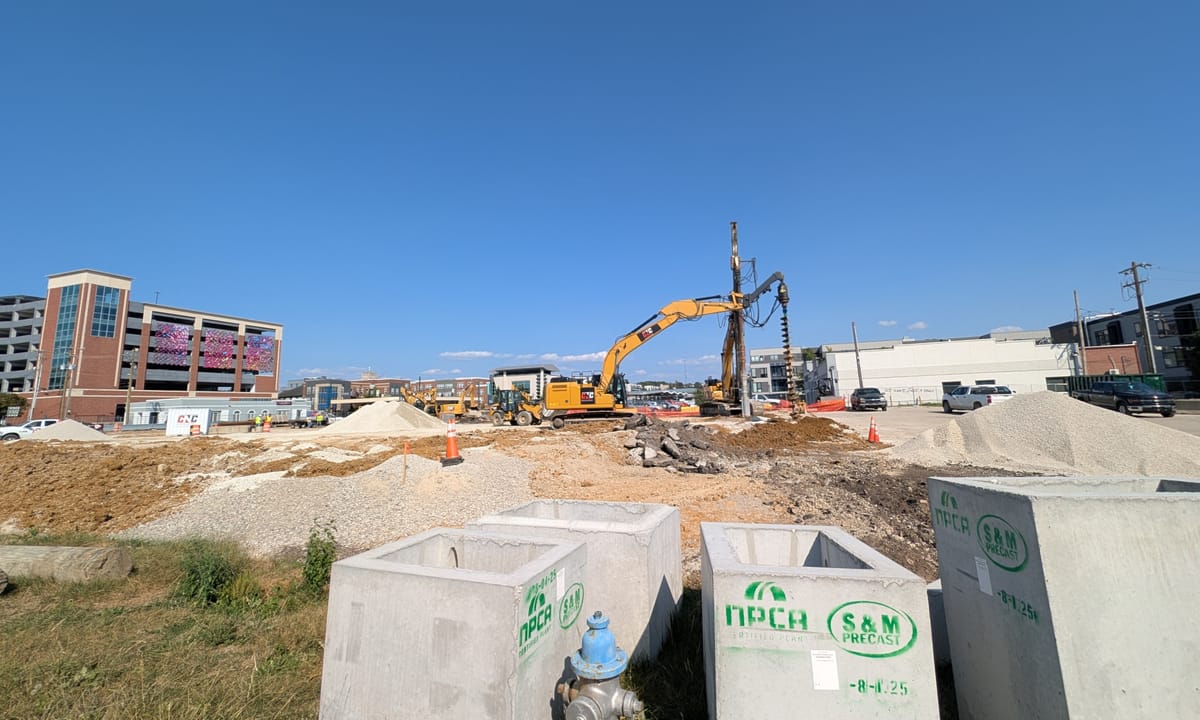
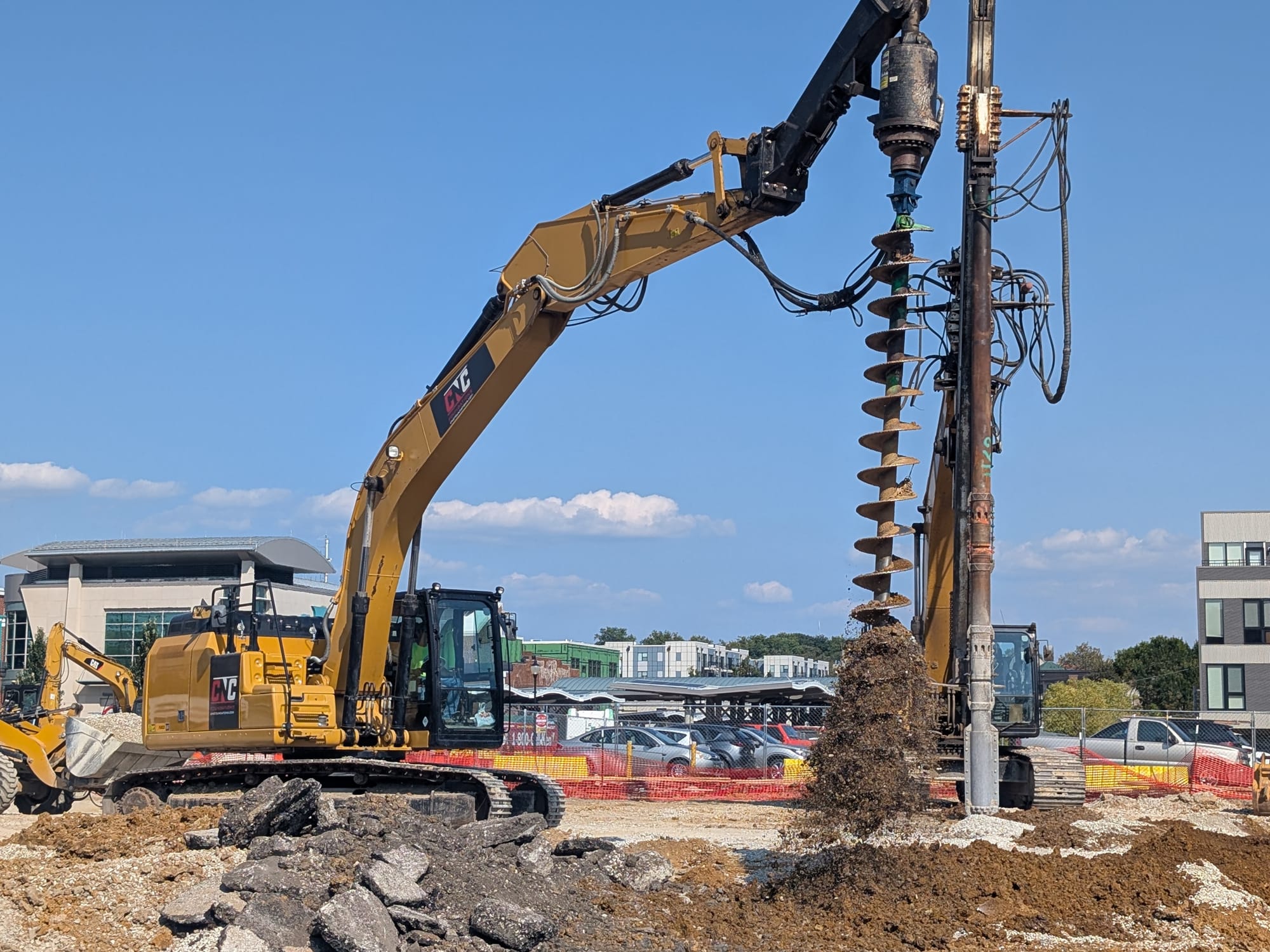
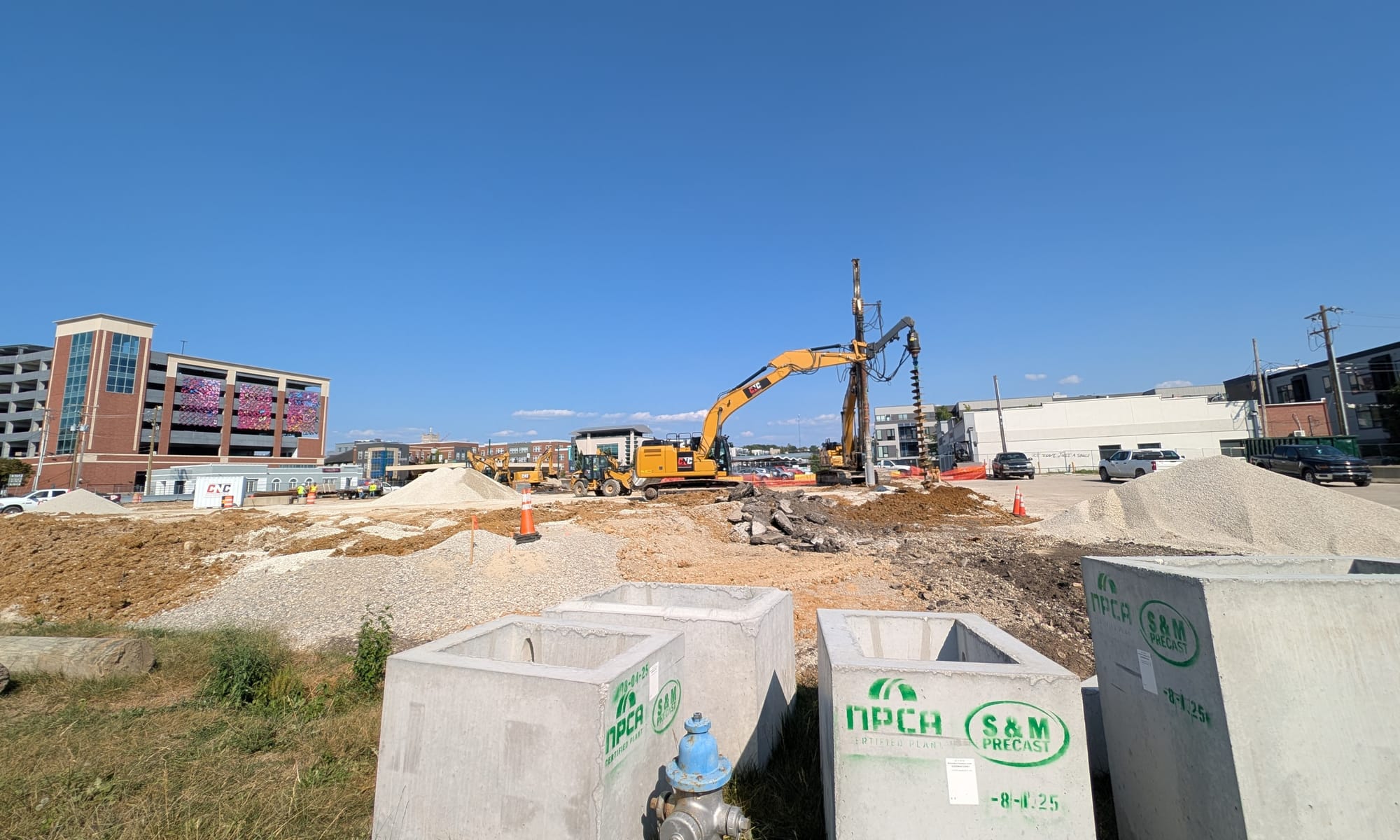
The view from College Avenue to the convention center expansion construction site. (Dave Askins, Sept. 17, 2025)
Since the demolition of the old NAPA Auto Parts building at the corner of 3rd and Walnut Streets in the third week of July, the block just south of 3rd Street, between College Avenue and Walnut, has been clanging with construction work on the Bloomington Convention Center expansion.
Giving an update to Monroe County’s capital improvement board (CIB) on Wednesday (Sept. 17) afternoon about the construction work was Andrew Scere, project manager with Weddle Brothers.
“Foundation excavations are in progress,” Scere said, adding, “We actually have our first concrete pour this Friday—huge milestone for footers and foundations.”
While Scere focused on the physical foundations, the financial foundations for the project got some airtime on Wednesday, too. CIB treasurer Geoff McKim reminded his colleagues that later that evening, Bloomington’s city council would be considering a resolution ask the food and beverage tax advisory Commission (FABTAC) to review funding for the CIB’s 2026 budget.
From a procedural point of view state law requires that the FABTAC’s review be requested, but the FABTAC does not have any ability to approve or deny the funding.
It’s revenue from the city’s share of the 1% countywide food and beverage tax revenue that is funding the construction of the convention center expansion, but that construction is not a part of the CIB’s 2026 budget. The CIB’s budget weighs in at $8,958,017. It includes money for the CIB controller and legal counsel, but is made up mostly of “other” services.
Those services are broken out as follows: as testing and environmental services; commissioning; utility connection and relocation costs; communications; one percent for the arts; graphics and signage; relocation services; furniture; fixtures and equipment; construction testing; and contingency funds.
One Wednesday night, the council voted 8–1 on the resolution without any questions for McKim, who presented the item, and without any deliberations. Dissenting was Kate Rosenbarger.
Rosenbarger has in the past voted against specific steps in the convention center expansion project, in January this year, for example, saying this during deliberations on a resolution about the need for a convention center expansion: “I always want to just put my apology out there to the residents of Bloomington, because no one has wanted this—a majority of folks have not wanted this since the idea was first brought up. So I am always sorry that this is how the food and beverage tax dollars will be spent.”
The construction bids for the project were awarded at $50.9 million, which left $1.1 million from the $52-million budget that could be spent on bid alternates—optional project components that can be added if the budget allows.
At its Wednesday meeting, the CIB considered six different bid alternates—for the existing convention center building at 3rd and College, which were organized by CIB president John Whikehart by their expiration dates as well as their connection to the new building. The two alternates that Whikehart recommended the CIB approve on Wednesday were additional kitchen equipment and improvements to the audio-visual and technology infrastructure of the existing convention center.
Whikehart described those two alternates as critical to the new construction because they “complement the new construction.” The audio-visual infrastructure is essential, because the two buildings will need to “talk to each other,” Whikehart said. As far as the kitchen goes, it was Eddie Layton, with project architect Schmidt Associates, who confirmed that the kitchen in the existing convention center would become mostly a “warming kitchen” and “will make it more functional, meet current health code, to correct some things that were grandfathered in.”
The CIB will contemplate the other four alternates, which have later expirations dates, in the coming weeks. But it looks like there will have to be savings identified in the construction work as it progresses, in order to afford those four alternates.

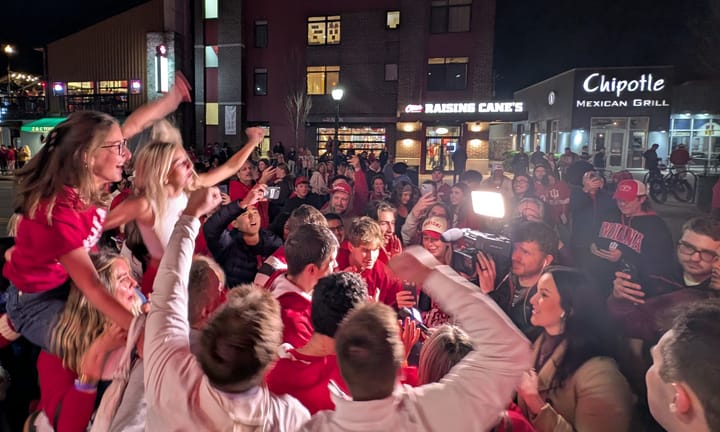
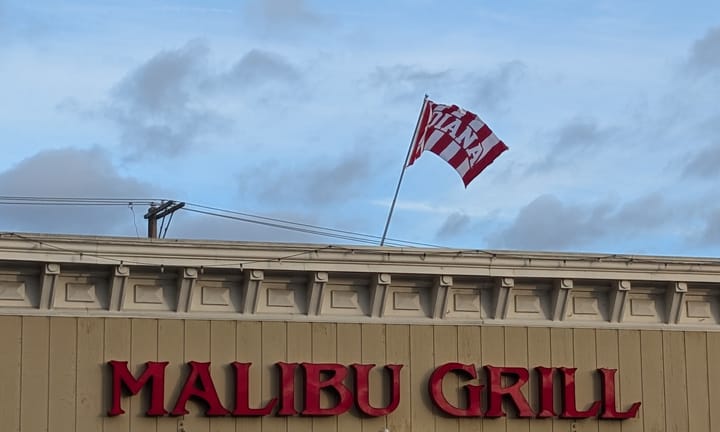
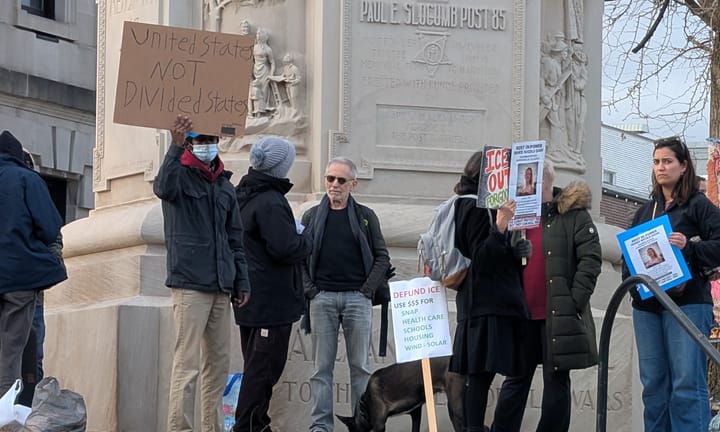
Comments ()